5 things Macs can do that iPads can't
However, there are still many things that the iPad can't do that the Mac can.
1. Download third-party applications from the Internet
With iPad, you are limited to downloading apps from the Apple App Store. On the other hand, you can install third-party apps on your Mac from both the App Store and the web, especially after completely disabling Gatekeeper.
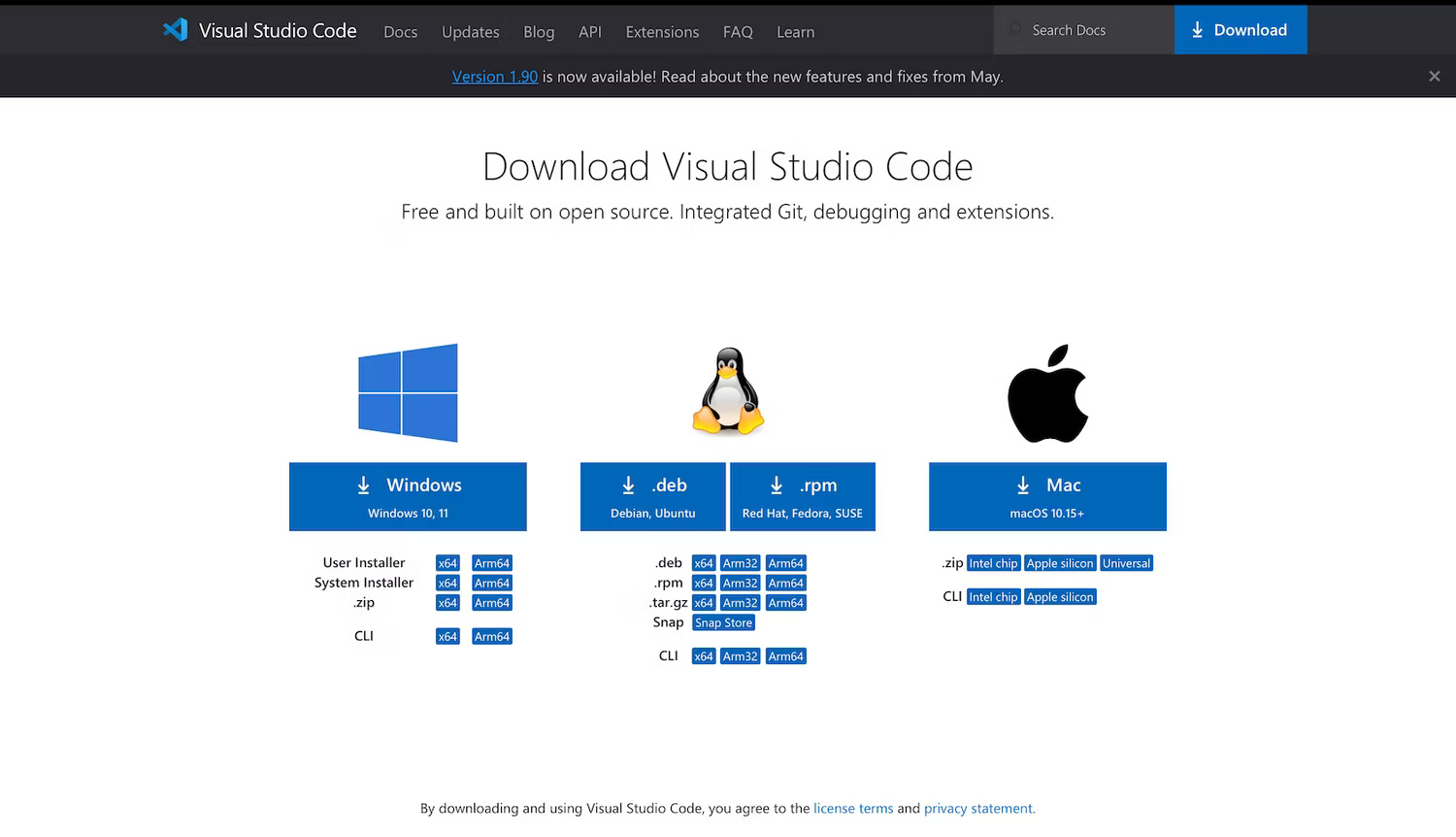
While you can find most of the apps you need on a daily basis on the App Store, it can still be quite limited. For example, if you buy an iPad for college, you may soon realize that you cannot download certain software necessary for your studies.
One notable example is Visual Studio Code, available for Mac but not for iPad.
2. Macs allow for better multitasking
Certainly, with iPad, you can use Split View and Slide Over to multitask effectively on your iPad. If you want to go a step further, you can also use Mission Control on iPad to use more than three apps simultaneously.
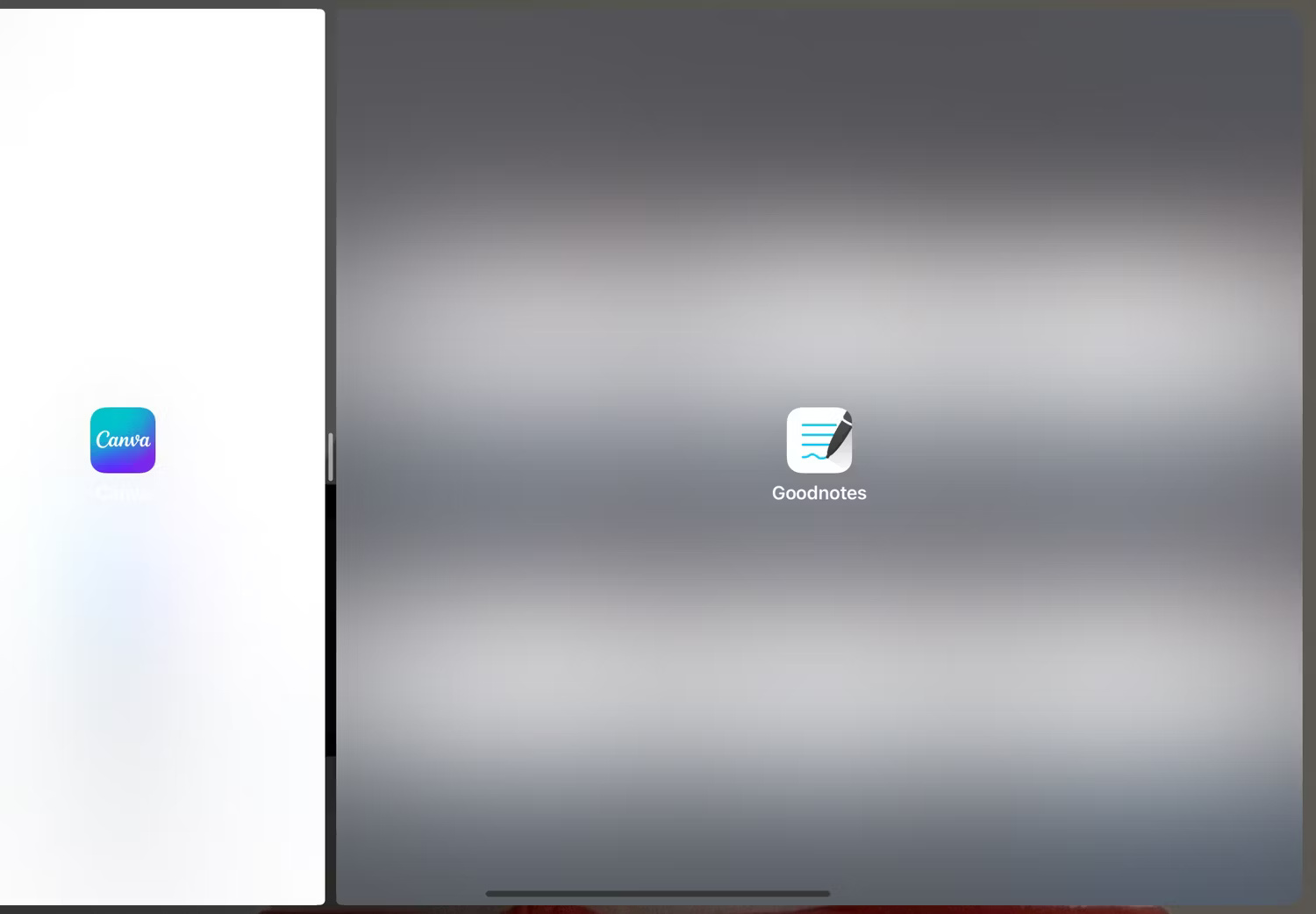
Despite all that, multitasking on a Mac is much better. While you can use Split View and Stage Manager on your Mac, the best thing about multitasking on your Mac is that you're not limited to the number of tabs, windows, and apps you can use at the same time.
You can also use Mission Control on your Mac to see your Split View screen and all your open windows.
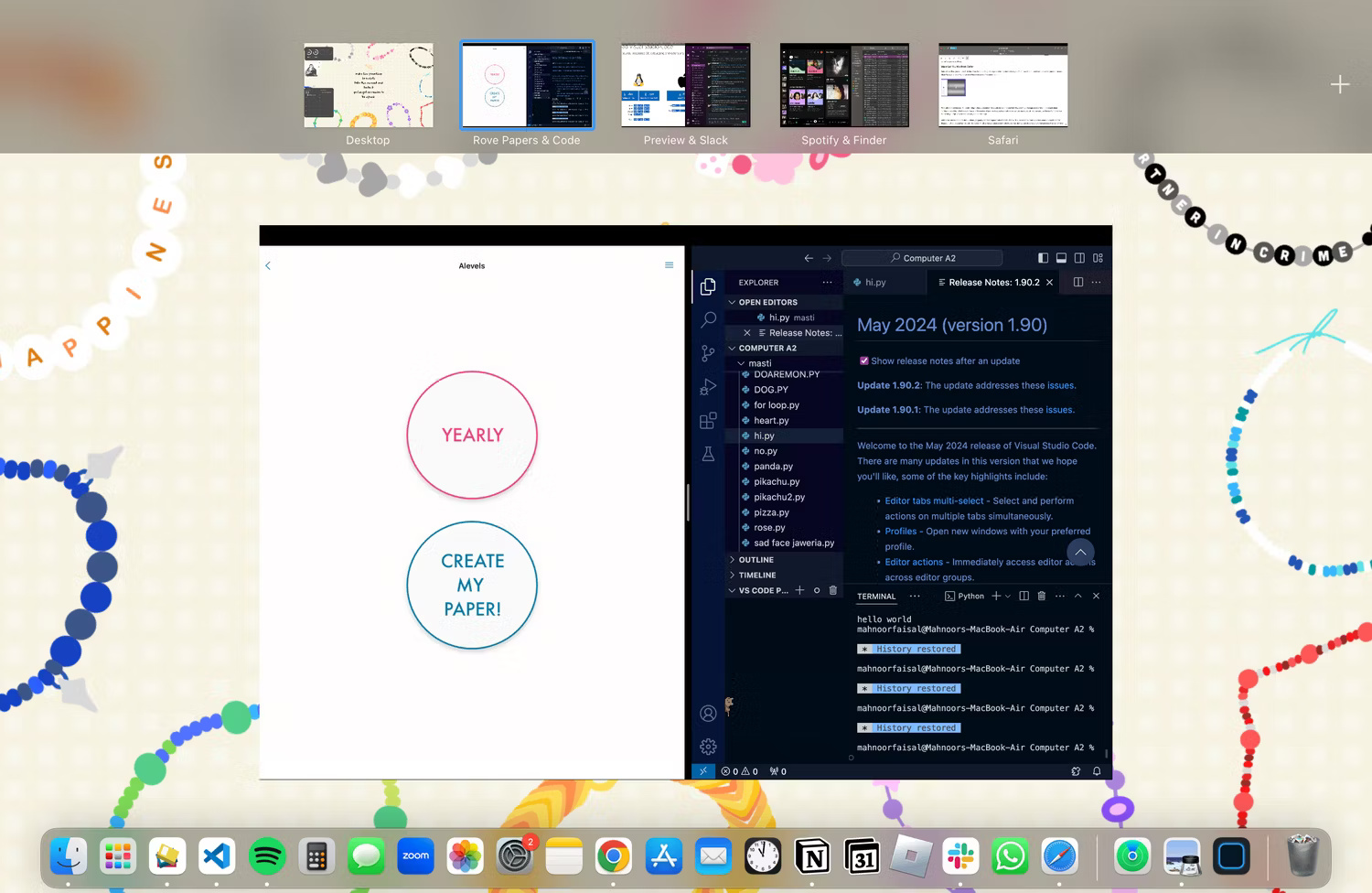
Additionally, you can create multiple desktops with Mission Control to better organize your workflow. The macOS Sequoia update, which Apple plans to release in the fall of 2024, makes it easier to tile windows. You will be able to drag windows to the edge of the screen and snap them into place.
3. Capture part of the screen
Capturing a specific part of the screen is handy when you want to show the relevant bits without revealing your entire screen. On iPad, you're limited to taking a screenshot or recording the entire screen, then cropping the image to focus on a specific part of the screen.

On the other hand, with macOS, just hold and press the Shift + Command + 4 keys simultaneously . All you need to do is drag the crosshair over the part of the screen you want to capture, and that's it!
Similarly, if you want to screen records, you can do so by simultaneously pressing Shift + Command + 5 . Now, select the Record Selected Portion button . Simply adjust the box that appears to cover the portion of the screen you want to record and click the Record button .
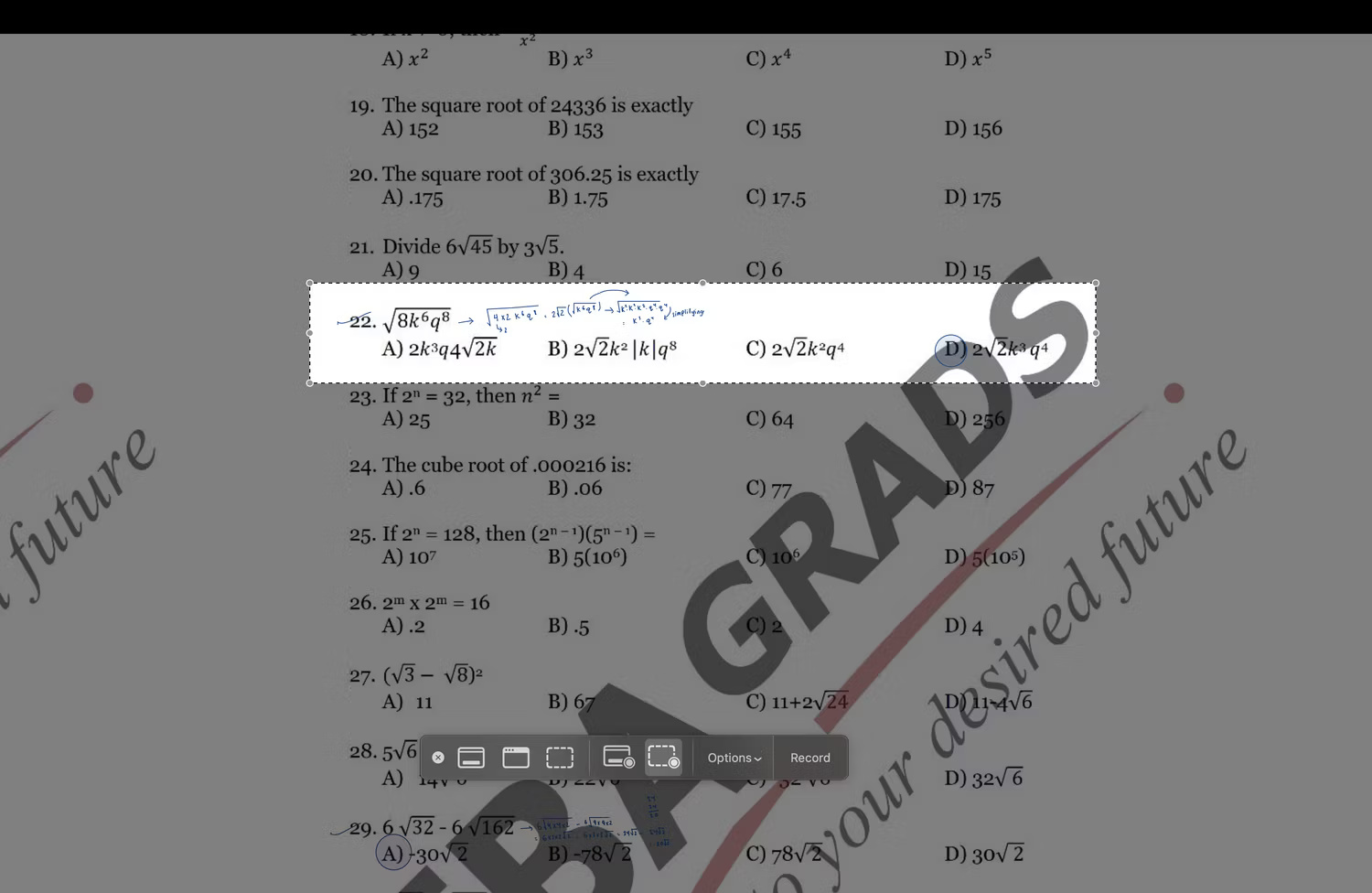
While this isn't a major feature that will dramatically change your workflow, it can help save time if you have to take screenshots frequently.
4. Works as an AirPlay receiver
AirPlay allows you to wirelessly stream content or project your Apple device screen to nearby AirPlay receivers such as Apple TV, HomePod, AirPlay-enabled TVs or speakers, even Macs.
Unfortunately, while streaming content or projecting your iPad screen to your Mac, you cannot project your Mac's screen to your iPad because the iPad cannot act as an AirPlay receiver. However, you can mirror your Mac's screen to another Mac - or any other AirPlay receiver you own.
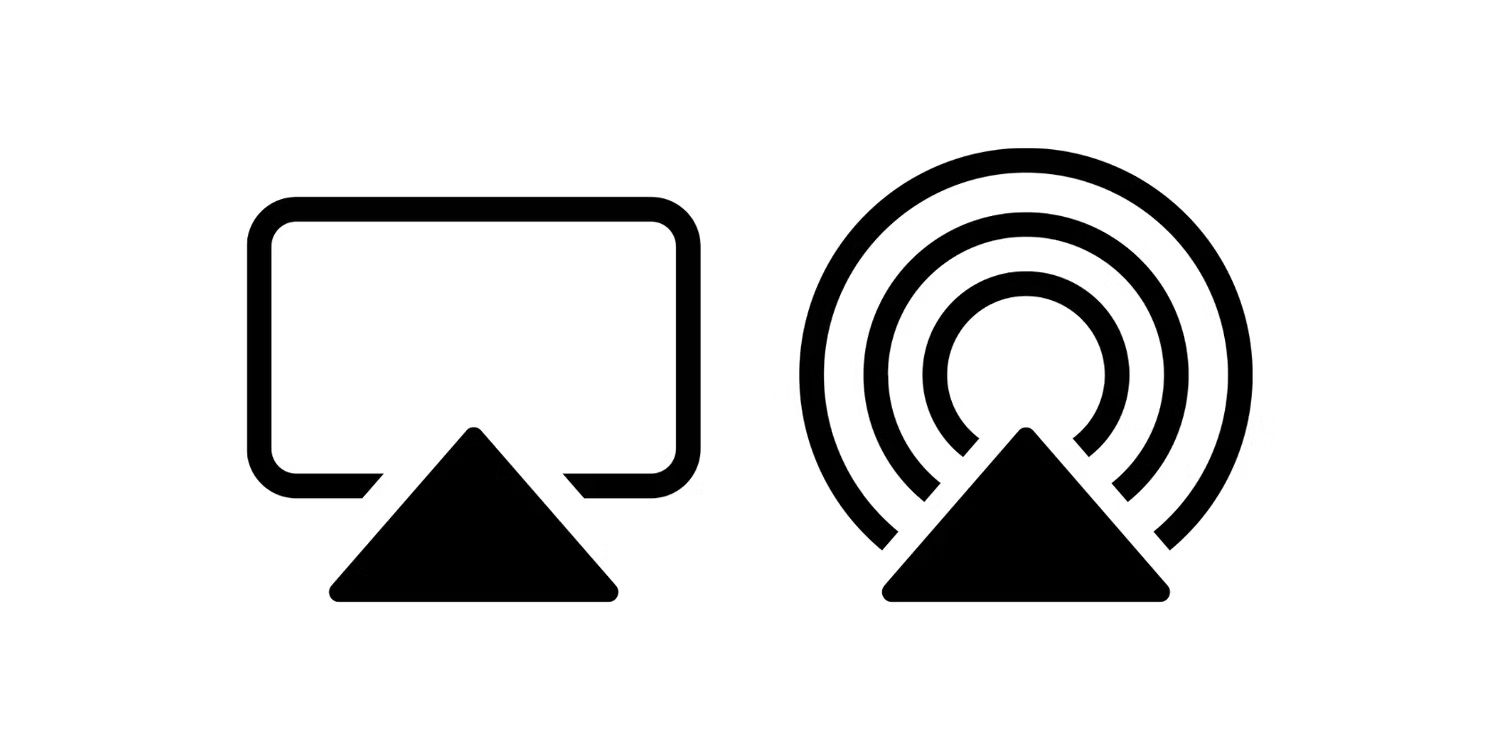
In addition, macOS Sequoia also introduces iPhone Mirroring to allow users to interact directly with iPhone from Mac. Unfortunately, this is not one of the features of iPadOS 18 that Apple announced at WWDC 2024.
5. Manage files more effectively
If you are someone who uses iPad and Mac for work and study, you may find that the Files app on iPad is quite limited compared to Finder on Mac. On iPad, you can sort files by name, type, date, size and tag.
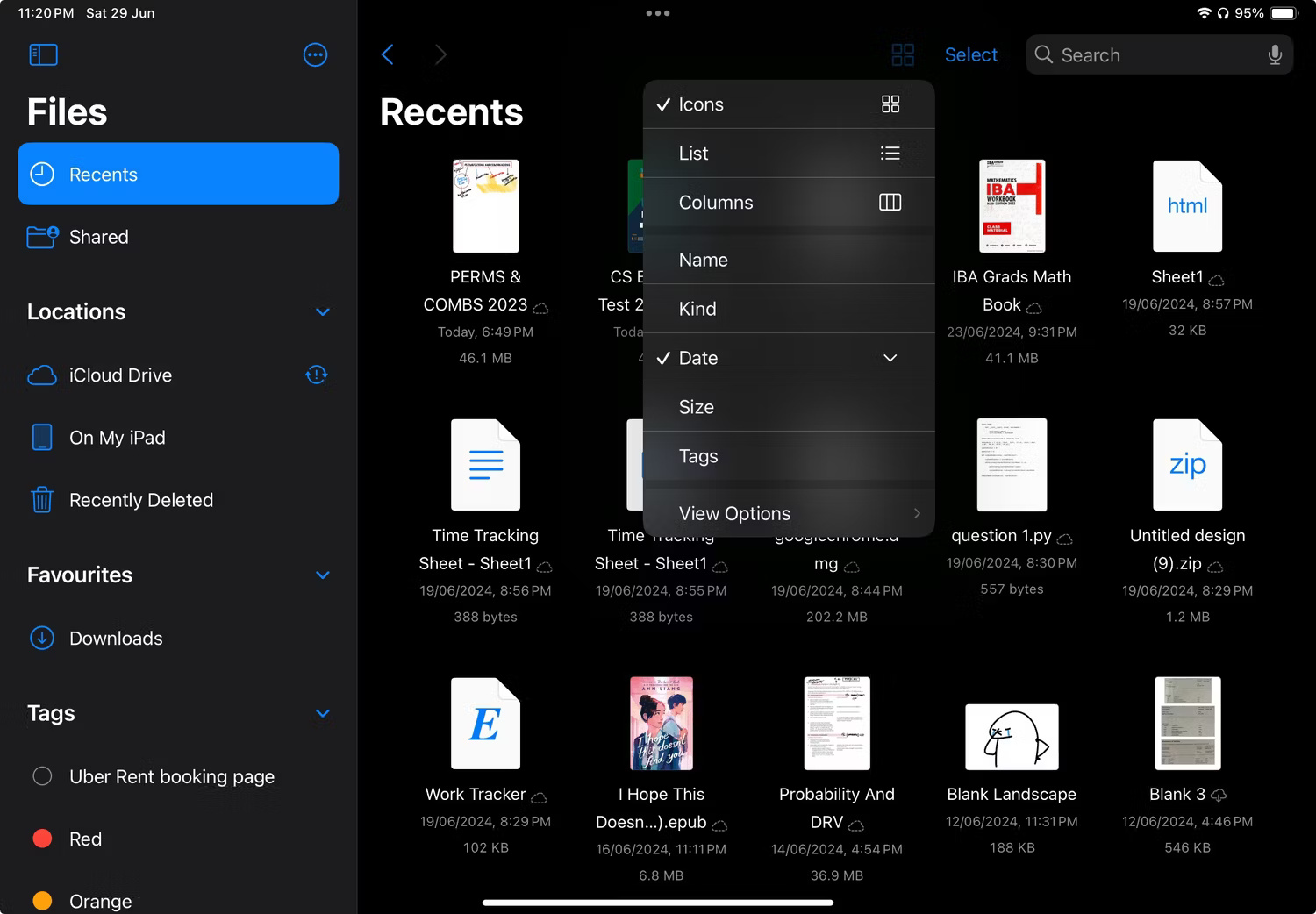
In contrast, you have more options on your Mac, like Date Last Opened, Date Added, Date Modified, and Date Created. This means that the Files app lacks subcategories in the sort by date option. Although this may seem small, being able to sort files by the last time they were opened or modified can be very useful if you frequently edit documents.
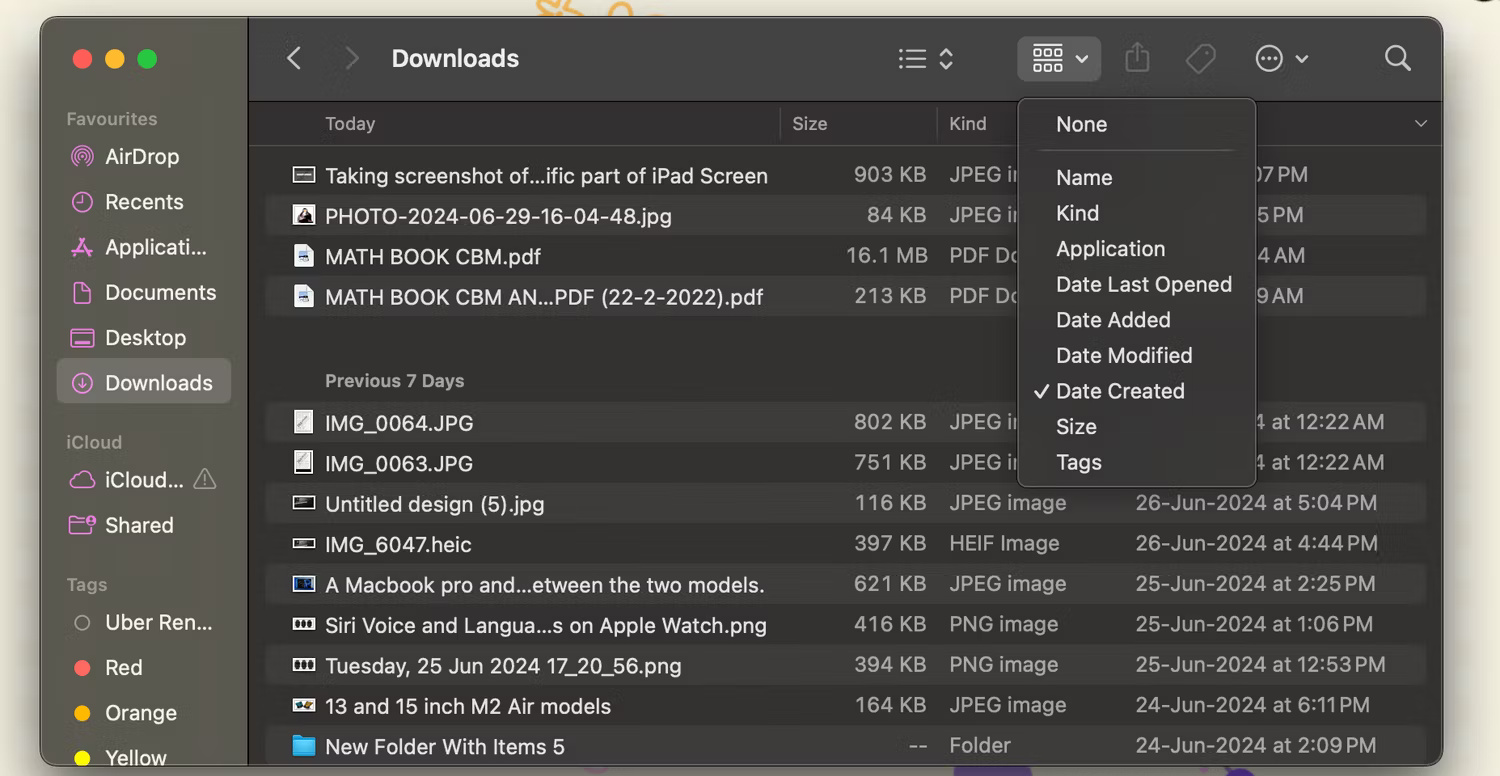
Additionally, although you can group files through Tags in Finder, you can't do the same in the Files app. There's also no "Open With" option in the Files app, which can be inconvenient.
Finder on macOS also allows customizing how files and folders appear. You can choose between list view, column view, icon view, or gallery view, while the Files app lacks a gallery view. Finder also allows the creation of Smart Folders, which automatically collect files based on criteria you specify - another feature not available on iPadOS.

Finally, while the Files app on the iPad will be adequate for managing smaller amounts of files, such as for school assignments, things can get quite chaotic if you have hundreds of documents.
Before deciding between an iPad or a Mac, you should take a look at your workflow. Remember that the iPad does not come with a keyboard. So basic tasks like drafting emails and navigating the device can be complicated unless you invest in one of the best iPad keyboards.
If you anticipate needing to perform any of the tasks mentioned above, the iPad may not be a suitable choice unless you already own a laptop or desktop computer.
 How to download videos, audio, images on Chrome - Easy Video Downloader utility
How to download videos, audio, images on Chrome - Easy Video Downloader utility Chrome will update to read the website out loud in the background
Chrome will update to read the website out loud in the background Google Keep shows notes from two different accounts
Google Keep shows notes from two different accounts Xiaomi begins official testing of HyperOS 2.0
Xiaomi begins official testing of HyperOS 2.0 How to transfer Windows to another drive using Macrium Reflect
How to transfer Windows to another drive using Macrium Reflect AMD Ryzen AI 7 PRO 160 information leak: 8 cores in 3+5 'Zen 5 + Zen 5C' configuration, Radeon 870M iGPU, faster than Ryzen 9 8945HS
AMD Ryzen AI 7 PRO 160 information leak: 8 cores in 3+5 'Zen 5 + Zen 5C' configuration, Radeon 870M iGPU, faster than Ryzen 9 8945HS